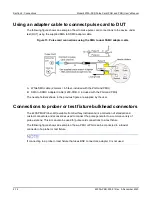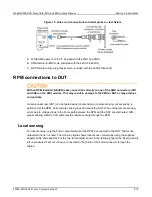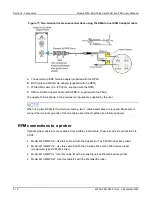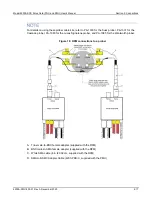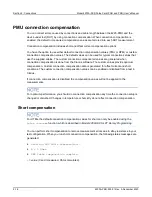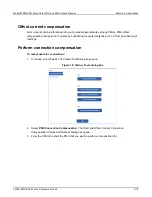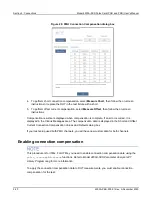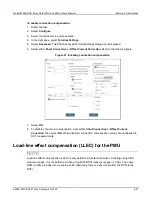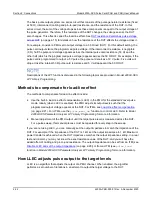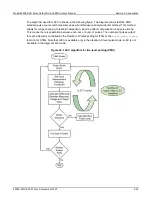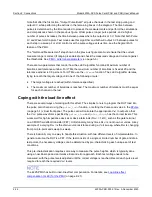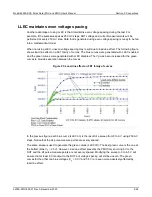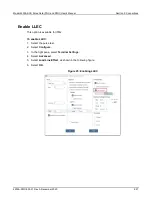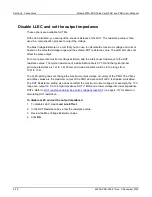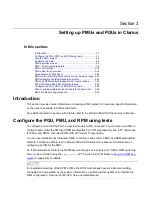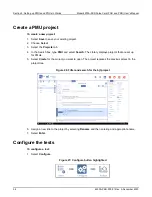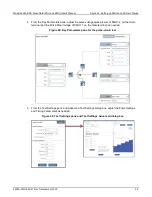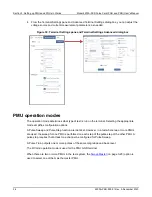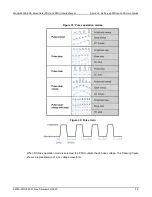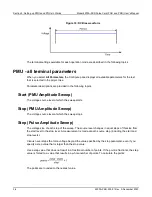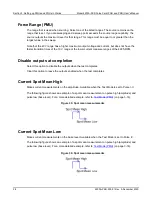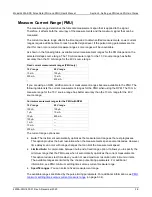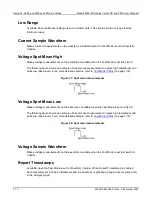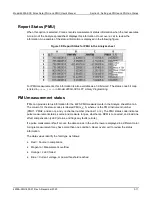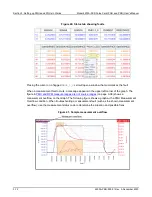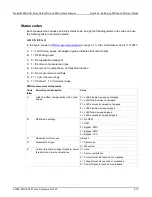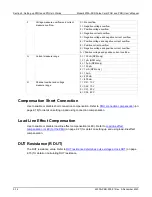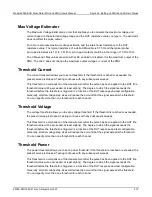
Section 2: Connections
Model 4200A-SCS Pulse Card (PGU and PMU) User's Manual
2-28
4200A-PMU-900-01 Rev. A December 2020
Disable LLEC and set the output impedance
These options are available for ITMs.
With LLEC disabled, you can input the known resistance of the DUT. The resistance value is then
used in a compensation process to output the voltage.
The Max Voltage Estimator is a tool that you can use to calculate the maximum voltage and current
based on the selected voltage range and the entered DUT resistance value. The estimator does not
affect the pulse output.
For a more accurate maximum voltage estimate, add the interconnect resistance to the DUT
resistance value. The typical resistance of a white SMA cable is 0.75
Ω and the typical prober
pin-to-pad resistance is 1
Ω to 3 Ω. Poorer pin-to-pad contacts could be in the range from
10
Ω to 15 Ω.
The LLEC setting does not change the maximum output voltage or current of the PMU. The V Max
and I Max values are the maximum output of the PMU and are valid if LLEC is enabled or disabled.
The DUT Resistance setting also does not affect the maximum output voltage. For example, the 10 V
range can output 10 V into a high-impedance
DUT (1 MΩ) and a lower voltage into lower impedance
DUTs. Refer to
DUT resistance determines pulse voltage across DUT
(on page 4-15) for detail on
calculating DUT resistance.
To disable LLEC and set the output impedance:
1. To disable LLEC, clear
Load Line Effect
.
2. In the DUT Resistance box, enter the resistance value.
3. Review the Max Voltage Estimator values.
4. Click
OK
.

